We should steal more transit ideas: Vancouver Edition
Vancouver's transit makes Toronto's look basic by comparison.
A few months back after my trip to London, I brought home a well-received article on ideas we should steal from London and take to other transit systems, and with my recent trip to Vancouver (and future trips) I think I am going to make similar posts.
This kind of post is a lot of fun because I can discuss minor details that come together to make the transit use experience better. I am not enough of a wayfinding nerd to make a 15 minute video about signs, but there are definitely a lot of little touches (and signs) that make a system like Vancouver nicer to use.
One of the features that makes using transit just so much easier in Metro Vancouver compared to other places I've travelled is the convenience of the fare card system.
Now, it isn't perfect, but it has many of the features you could ask for, from Open Payment with credit and debit or mobile devices, to reduced off-peak fares. Perhaps the coolest feature in my personal opinion though is that Translink actually sells different form factors of the compass card, so you can get a wristband or a mini key fob style compass card for whatever suits you best. Being able to have your fare more easily accessible it's just nice and lowers the failure to using transit even if just a little bit so I really appreciate it.
Another thing you see in multiple places in the Translink system are painted queue lines on the ground, showing you where to line up for articulated buses, which Translink generally uses outdoor boarding with. Beyond the fact that I think bus boarding should basically always be all door, this is such a small effort that really makes riding transit more comfortable, knowing how much the mad rush to get on a vehicle sucks. Having painted lines is a basic way to encourage good behaviour and make riding more relaxing.
Probably the thing I appreciate the most when I'm riding transit in Metro Vancouver compared to any other system in North America is just how excellent the wayfinding is. From bus flags that provide actually useful information and have the unified transit symbol, to various excellent maps outside of stations such as ones that actually just show where the buses from a particular location go, to clear and concise announcements on the rail system, and giant directional maps placed across the tracks at stations. Basically, using the wayfinding system in Metro Vancouver is really effortless for its simplicity and logical arrangement, while at the same time being bright and punchy with lots of colours.
Infill stations in areas with new development are hardly a new or unique thing, but Vancouver is currently building one, so I think it's worth reiterating that adding a new station along with major development is a great idea. An even better idea is doing as Vancouver did with the Canada Line and building in multiple locations for infill stations. This can massively simplify construction of such a station and reduce its cost, but also reduce the impact building it has on regular service, which is important if your line is actually if used by human beings.
The system’s also quite interesting in that it uses so many types of vehicles. From minibuses to double-decker buses and everything in between, there are a lot of different vehicles used for different purposes. I can appreciate that some transit agencies try to basically use one or two models of vehicle for economies of scale, but ultimately, if additional funding means something more suited to the route you're on and often more comfortable, that's probably something we should be willing to pay for.
Suffice to say, there are a lot of other features that I really appreciated on my trip, so perhaps I will make another addition to my Ideas We Should Steal series.
Being more open to doing so could improve our transit systems, not only quickly but massively.




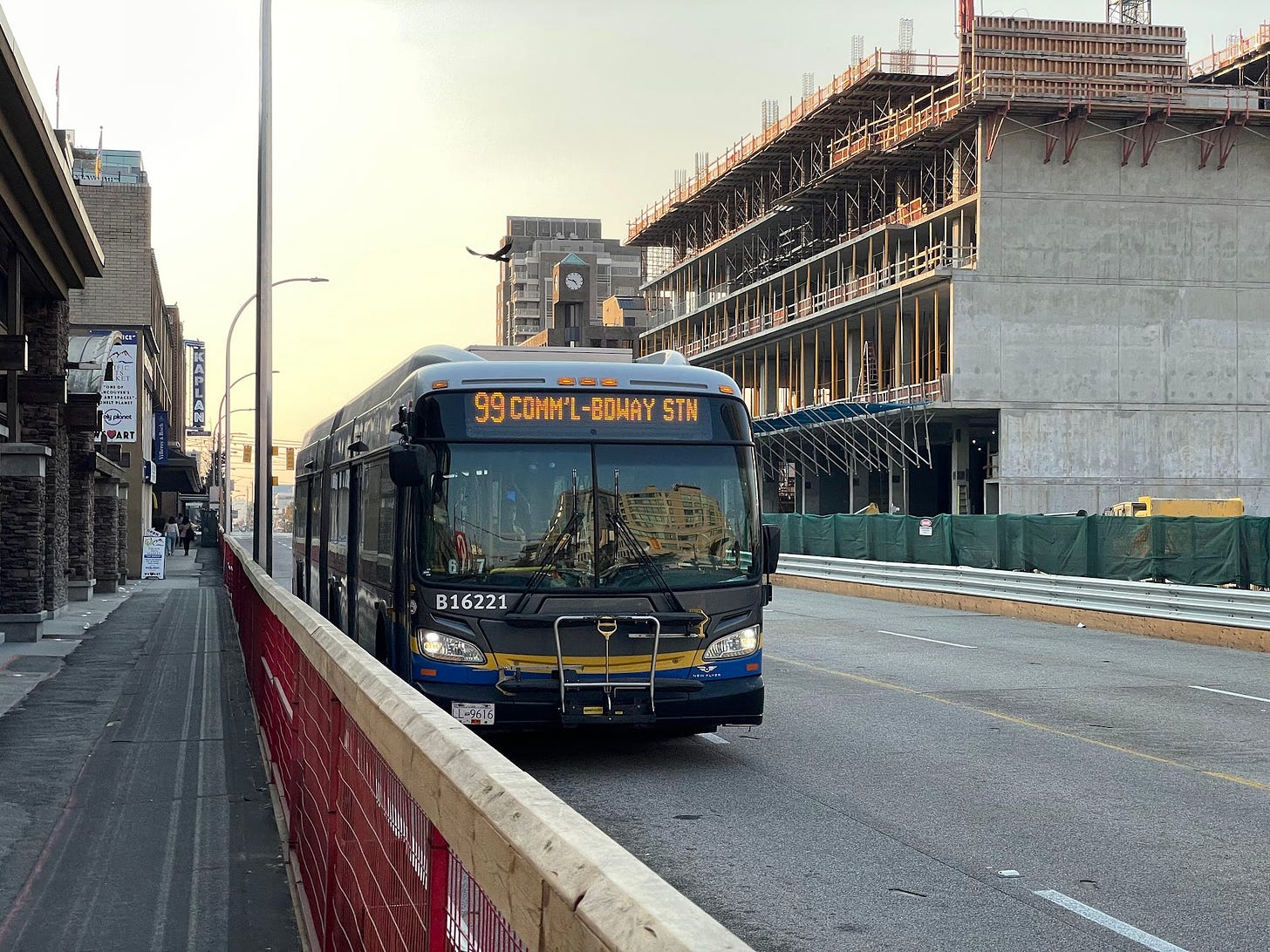
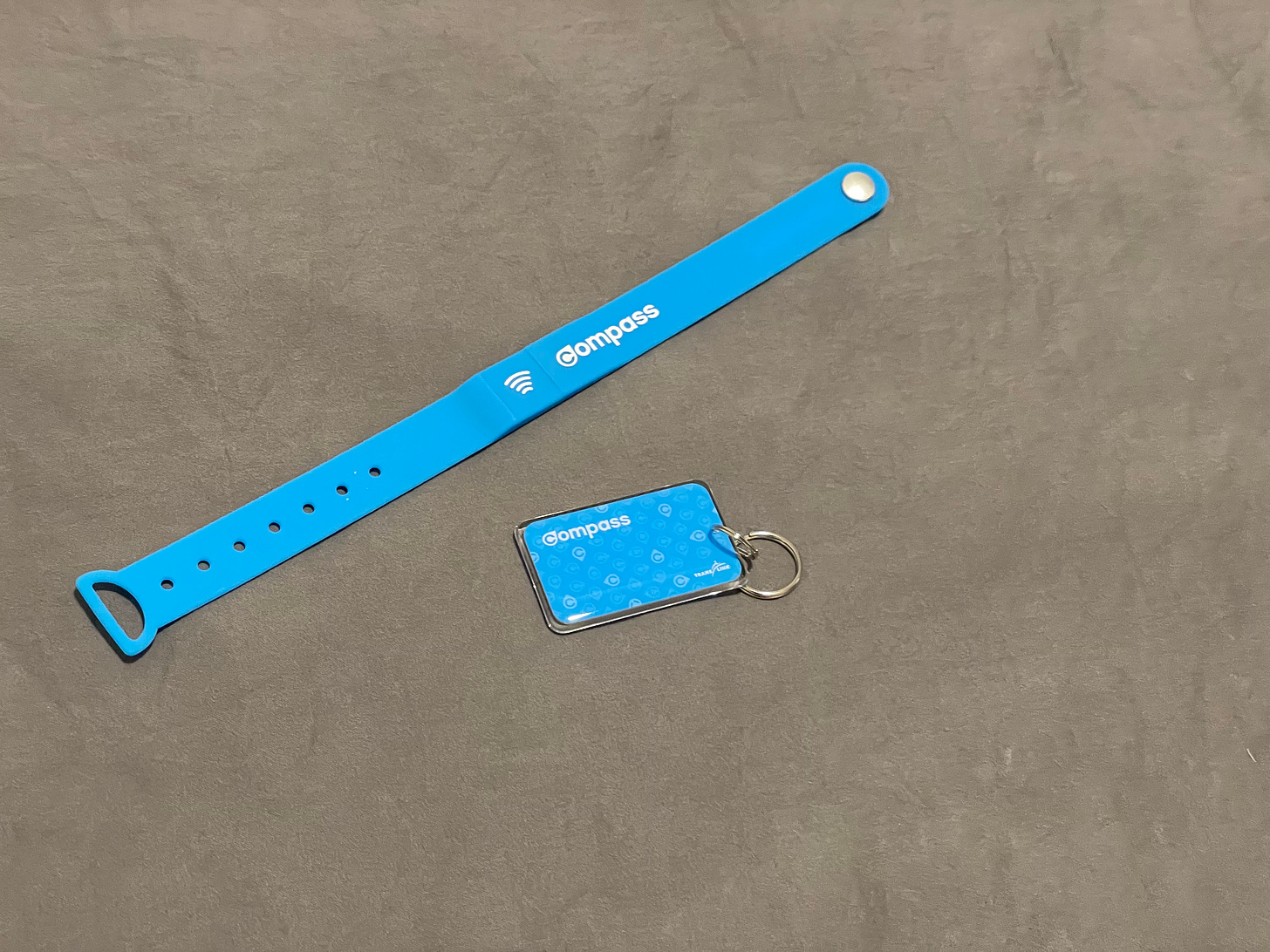
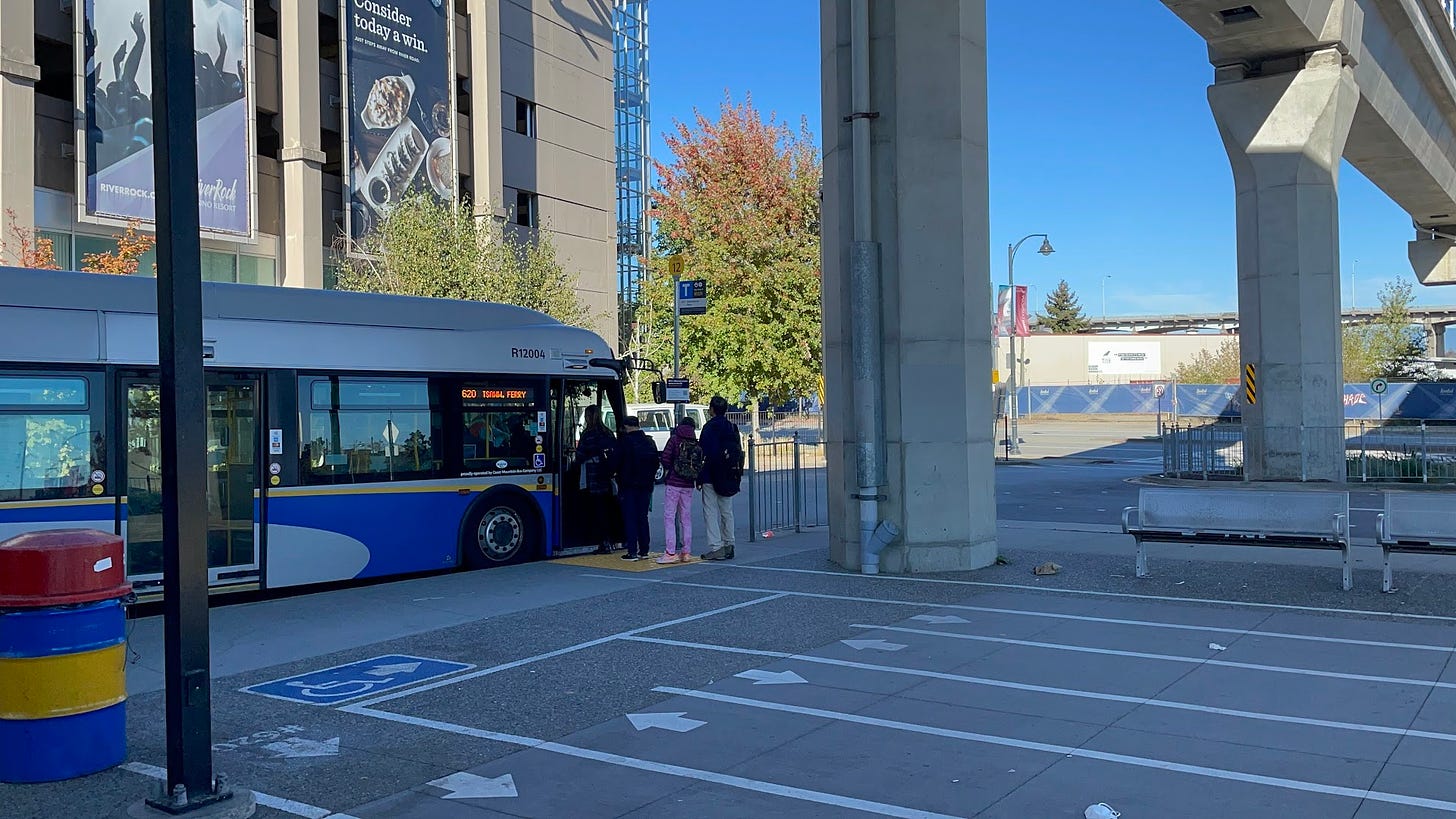
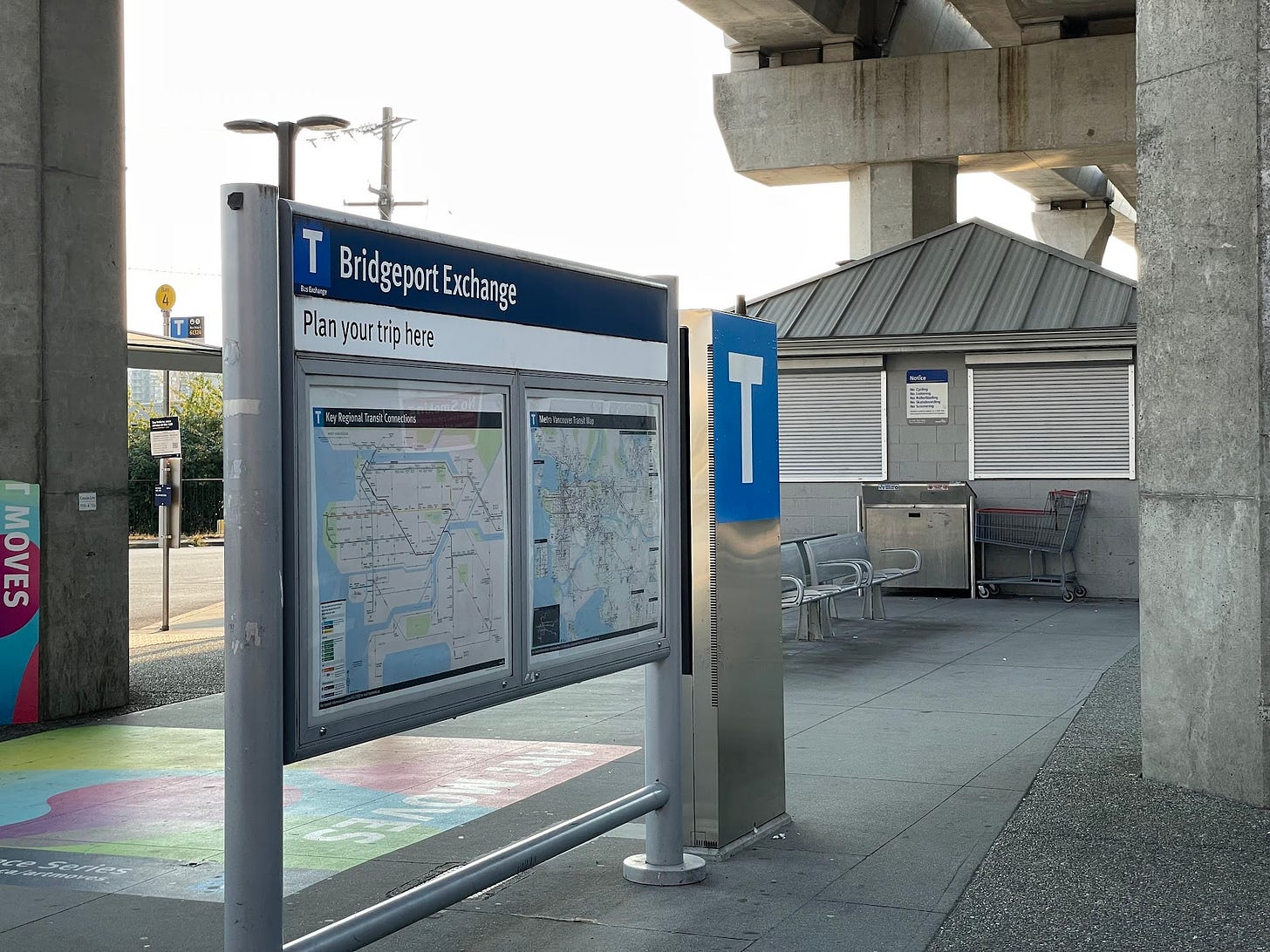
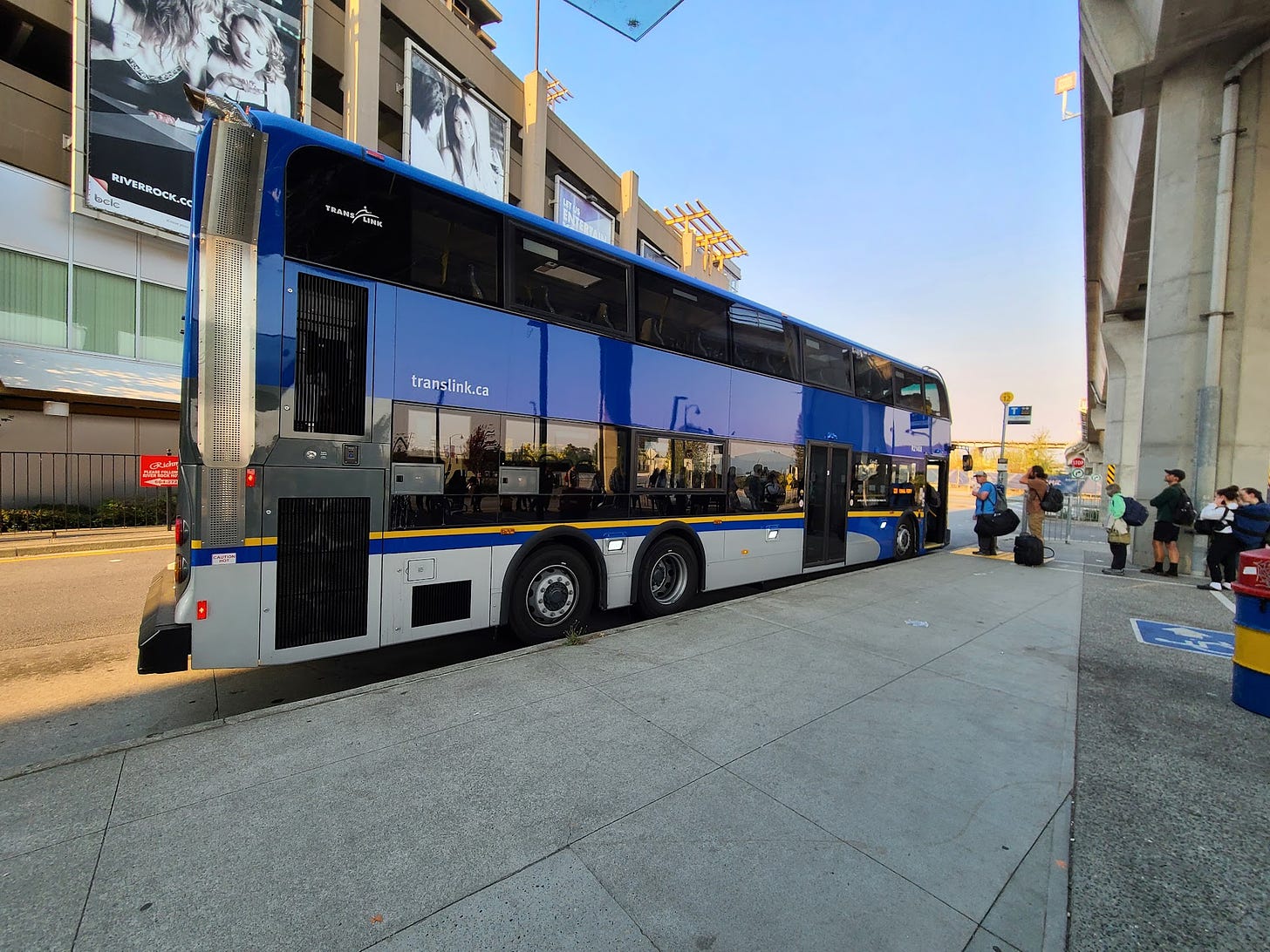
TTC, Metrolinx and the 905 agencies are simply too parochial. They need to be locked in a room together for a week to figure out the stuff other Metros already have.
London has experimented a few times with all door boarding (most recently with New Routemaster), and it has repeatedly failed for reasons of revenue protection. Yes, have multiple doors (mid door exit always, New Routemaster has rear door exit as well); provincial buses in the UK usually only have a single front door.
Hence the doubling down on cashless fares (Oyster/Contactless payment cards/visual inspection of other entitlements) and making the tap in as fast as possible. Dwell times range from 10 secs to worst case of maybe 90.